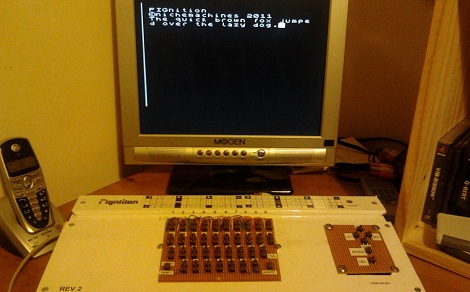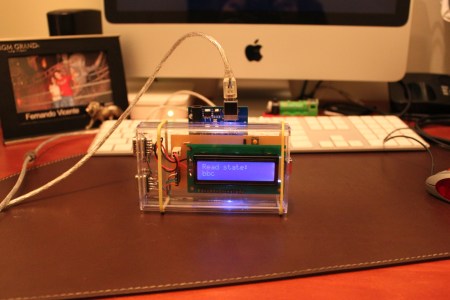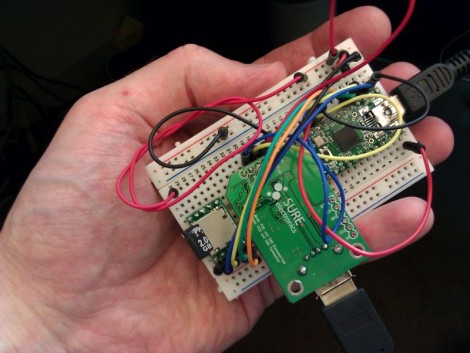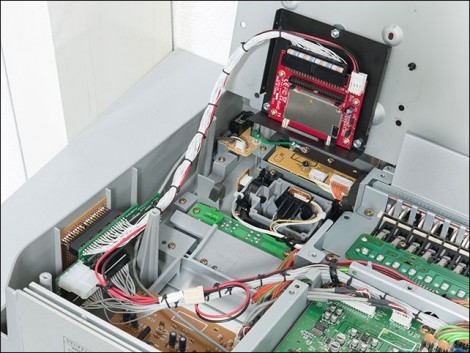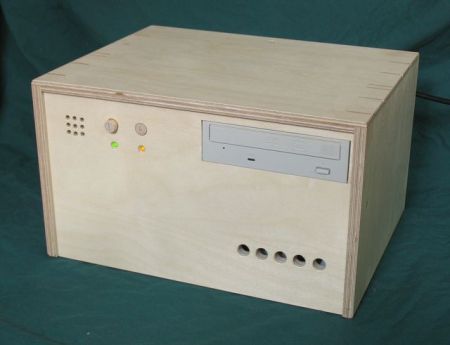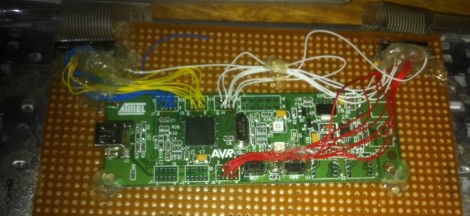The worst computer keyboard, ever

[Gerardus] found an old BBC Master Compact computer for $15. The only problem is the computer didn’t have a keyboard. It’s not a problem if you can make a keyboard out of an old breadboard. It’s not a Model M, but it works.
Emergency ribbon cable repair
[Thomas] works in a hospital. One night, a piece of equipment went down because of a bad ribbon cable. Doctors were yelling at him to get the equipment up and running so out of frustration, he took stapler to the cable. It held up until a replacement arrived. Check out these pics: one and two.
Nobody remembers Little Nemo: Adventures in Slumberland
Here’s [Alan]’s gigantic Nautilus art car with a huge mechanical iris. Just watch the video and be amazed. We won’t hazard a guess as to how much money went into all that brass and copper, but we can confirm an Arduino controls the iris. Check out the build page.
Light up street art
[Grissini] put up an instructable for a light box that displays [Bansky] street art. We’d go with some RGB leds and a [Keith Haring] motif, but more power to ya.
A theater wind machine
This wind machine was built by [Willaim] for his High School’s choir concert. It’s basically a concrete form tube with plastic lids taped on and a piece of pipe serving as an axle. The machine makes a wind noise with the help of some nylon pants.





